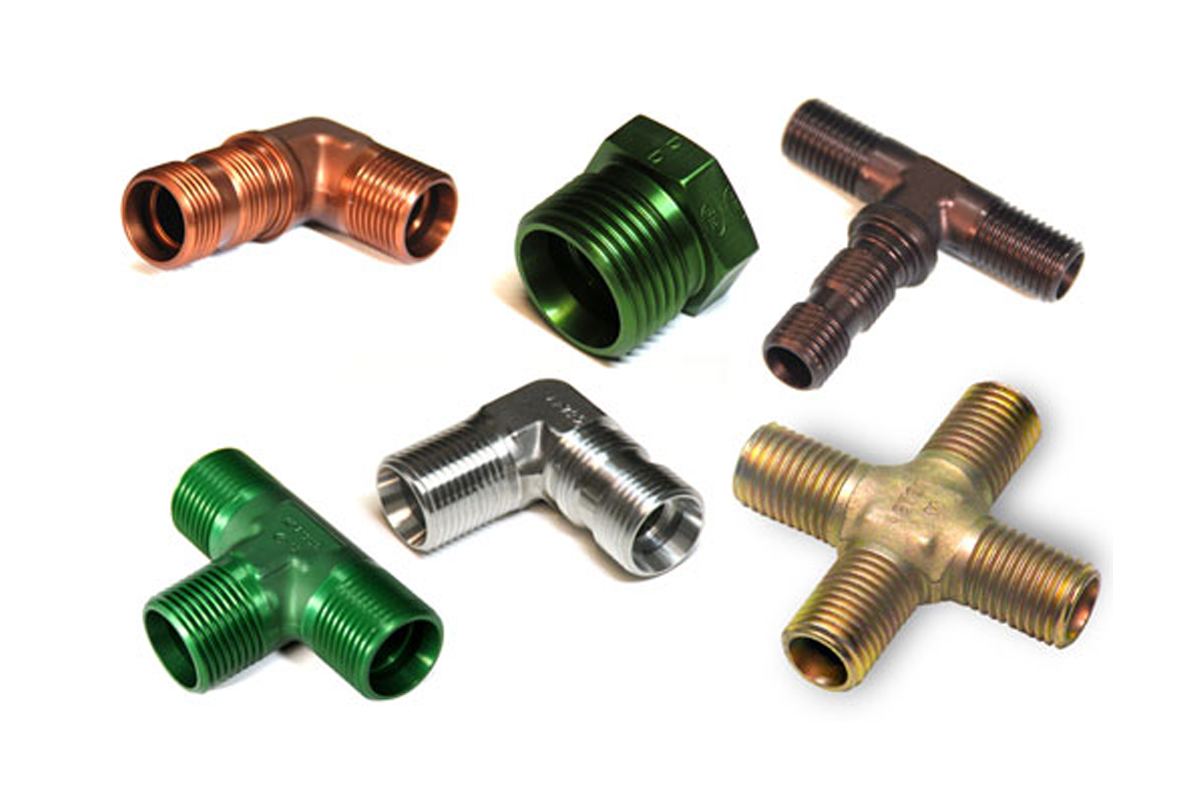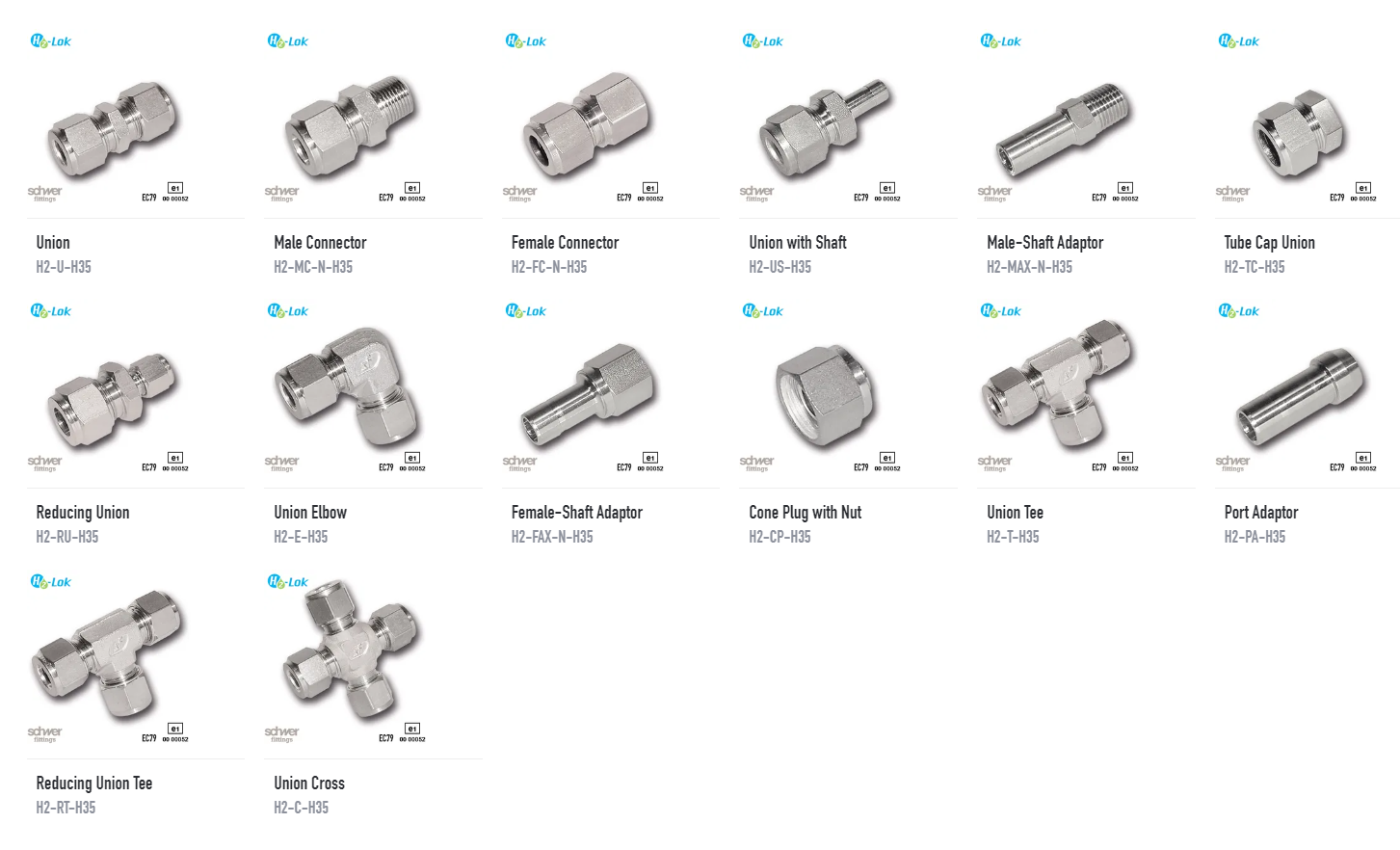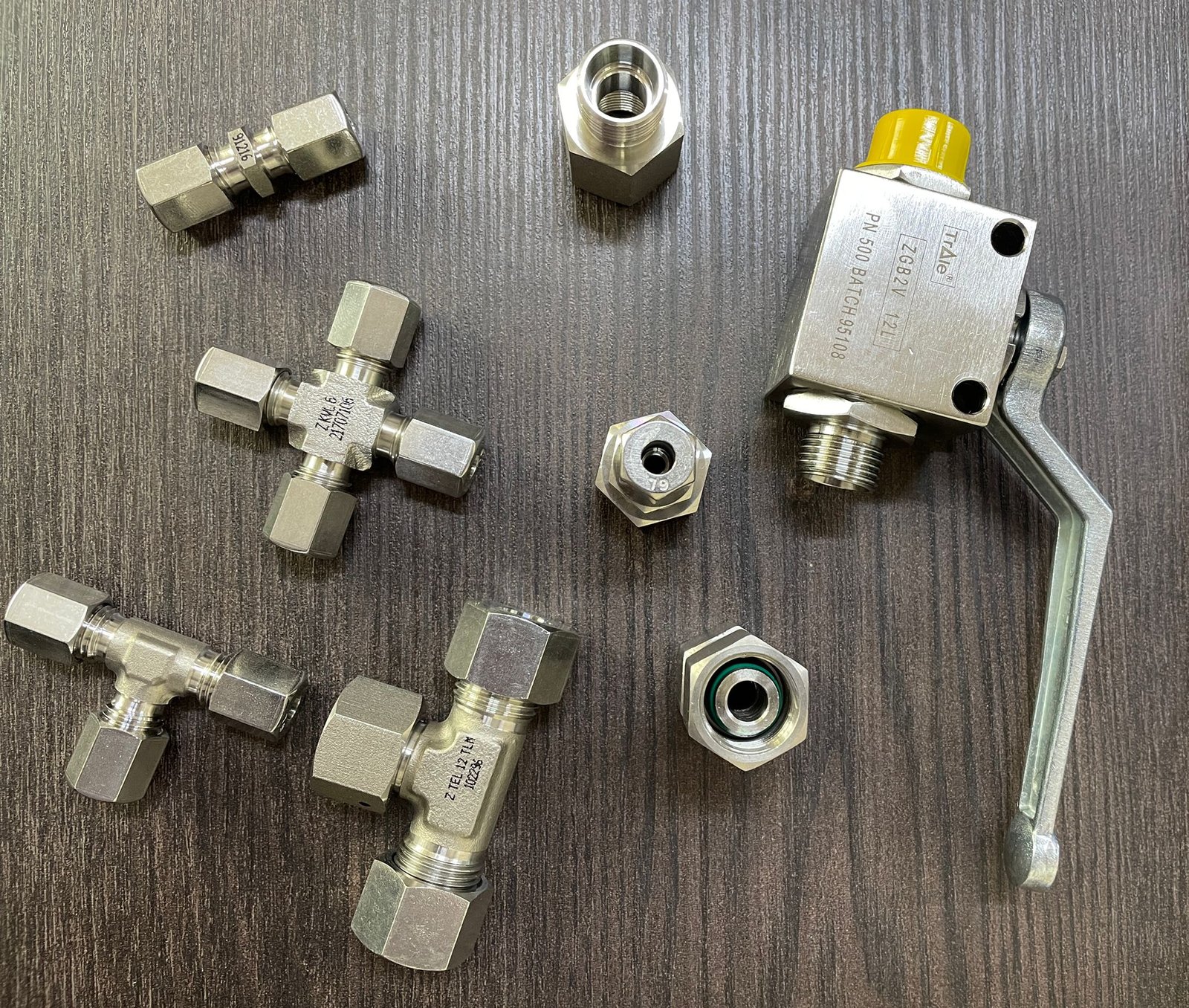An Aircraft Fittings - With time and experience you will soon be able to identify the nominal sizes of NPT fittings by just looking at them. You will also be surprised how many of these fittings your finished aircraft uses.
AN 37° flare and industrial 37° flare fittings function identically. In many cases, they appear to be functionally interchangeable, but they are not. What this means is that while the products may look similar, you must not use an industrial 37° flare fitting design as a direct substitution.
An Aircraft Fittings

Using a chart, you can determine the fitting's nominal size by measuring the outer diameter of the threaded portion. Fortunately, there is an easy way to identify the two popular sizes. If the outer diameter is less than 1/2 inch, then you have a 1/8-inch fitting;
An And Jic Fittings Interchangeability
if the diameter is a tad greater than 1/2 inch, then you have a 1/4-inch fitting. The larger NPT fittings are less frequently found on our small homebuilts, but measuring and using the chart will provide their proper size identification.

Over the years, we have received quite a few inquiries regarding "AN" fittings. AN (Air Force - Navy Aeronautical Standard) and AND (Air Force - Navy Aeronautical Design Standard) are standards used by the U.S. Military in aviation applications.
AN fittings are manufactured to meet the above standards. These fittings include the 37° flare, flareless, hose connections, "banjo" type fittings, specialized flange fittings, pipe fittings, and other types of connections. There are many frequently asked questions about AN 37° flare fittings and how they relate to their industrial 37° flare counterpart, the SAE/ISO 37° flare fittings, so I thought I would share the background and differences between these fittings.
(Skip to The Differences Between AN and JIC Fittings) Parker actually pioneered the flare fitting technology in the 1920s with the introduction of the inverted flare fitting followed by the Parker Triple Fitting in the early 1930s.

An Fittings Today
They were adopted by the Air Corps, apart from the U.S. Army at that time, as AC-810 and AC-811. As the operating pressures increased, the inverted flare did not perform as well as the Triple Fitting, and its use began declining.
The ease of manufacture of Triple Fitting provided additional advantages that resulted in its quick acceptance in various industrial and military applications. The Triple Fitting was a patented three-piece design similar to the current Parker Triple-Lok 37° flare fitting, except it had a 30° flare angle instead of the 37°.
This fitting design was the forerunner of the current AN and SAE 37° flare fittings. There are two important points to consider when selecting a tapered fitting. First, the way sizes are assigned to these fittings is not intuitive.

This may cause you grief the first time you need to order one from your favorite aircraft supplier. The two most common sizes we use in our aircraft are 1/8 and 1/4 inch. AN fittings remain prevalent today.
However, the U.S. Military is canceling many of the true AN/AND standards and replacing them with Aerospace Standards (AS standards) developed, again, by SAE. Many aircraft/aerospace applications are moving towards aluminum and titanium components for optimized weight-to-strength parameters.
National Pipe Thread is a U.S. standard for tapered threads, which we find on many aircraft fittings. Contrast this with straight threads, which are used on the nuts and bolts that hold our aircraft together. Tapered threads are used for sealing connections carrying gas and fluids.

In our kit aircraft we use all sorts of fittings with tapered threads such as those found on fuel lines, brake lines and even avionic instrument air lines. Our household water pipes use the same NPT tapered thread standard.
However, if you measure one of these fittings, the size will not match any actual dimension of the part! This is somewhat similar to expecting a 2×4 piece of lumber to measure either 2 or 4 inches.
It is only a nominal size description (in name only). Without understanding this principle, you will find yourself returning and reordering fittings because the diameter of the threaded portion may not fit your application. The second important point to remember when using NPT fittings is that a sealant must be used on the threads if you are interested in a leak-free connection.

This requirement is due to the microscopic channel in the spiral thread design that allows a path for leaks to occur. A number of good choices for sealant are available depending on the application. For example, Loctite 567 or similar products from Permatex work well for a fuel system.
A good sealant manufacturer will describe the compatible materials to be used with their product. Avoid using plumber's Teflon tape as small bits of this material are easily cut by the threads and can enter the system.
Also, never confuse an NPT thread connection with a flare nut connection. Sealant is never used in a flare connection but always used for an NPT connection.
aircraft an fittings catalog, aircraft tubing fittings chart, aircraft ms fitting chart, ms to an aircraft fittings, aircraft an fittings chart, ms fittings, an fitting chart, aircraft hydraulic fittings